On August 13, 2025, the Ministry of Culture, Sports and Tourism announced the List of National Intangible Cultural Heritages, with 3 heritages of Hanoi including Thanh Tri rice paper making (Vinh Hung ward), knowledge of processing and enjoying La Vong fish cakes (Hanoi) and knowledge of cooking Bat Trang feasts (Bat Trang commune).
Why was Bat Trang pottery recognized as a National Intangible Cultural Heritage? According to the Ministry of Culture, Sports and Tourism , the newly recognized National Intangible Cultural Heritages, including Bat Trang pottery, were all introduced by the locality with full value such as representation, expressing the identity of the community and locality. These heritages reflect the cultural diversity and creativity of people, are inherited through many generations; have the ability to recover and exist for a long time, are agreed upon by the community, voluntarily nominated and committed to protection.
What is special about Bat Trang?
When mentioning Bat Trang, people often think of ceramics - the product that has made the village on the banks of the Red River famous for thousands of years. But besides the pottery craft, Bat Trang also preserves a special spiritual culture: traditional dishes for holidays, New Year, death anniversaries and community events. The locals here call it "Bat Trang dishes".
Not simply a family reunion meal, Bat Trang dishes are a harmonious combination of cuisine , beliefs and aesthetics, reflecting the lifestyle, thinking and identity of the entire craft village community. Each dish is not only for eating but also for worshiping ancestors and gods - a spiritual act expressing gratitude and praying for blessings.
The most outstanding feature of Bat Trang dishes is the meticulousness and sophistication in each dish. According to local culinary artists, the tray of dishes must have a balance of yin and yang, the five elements, color and flavor. The dishes must not only be delicious but also beautiful, presented harmoniously, creating an artistic whole.
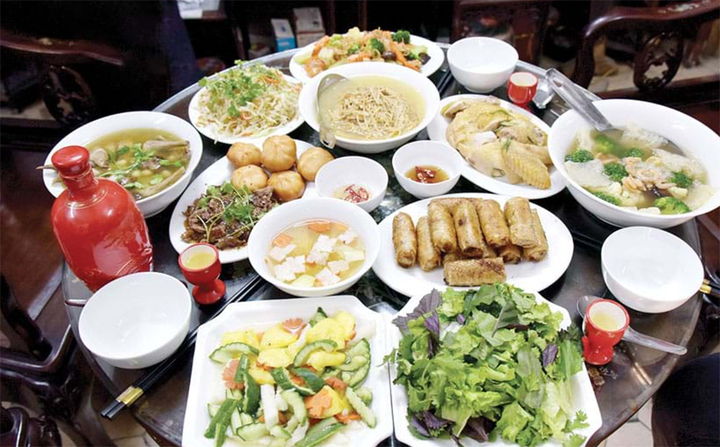
Bat Trang food tray. (Photo: Urban People)
A traditional feast usually has from 8 to 12 dishes, including:
- Red sticky rice – symbol of luck and prosperity. Bat Trang spring rolls – meticulously wrapped and fried until golden brown.
- Boiled chicken with lemon leaves - a popular dish but choose good chicken, boil skillfully to make the meat golden brown, the skin shiny.
- Pork sausage, cinnamon sausage - symbolize fullness and sufficiency.
- Bamboo shoot soup, water spinach soup - elegant soup, harmonizing the rich flavor of the savory dishes.
- Braised fish, jellied meat or braised pork in egg – evokes the connection with rivers and land.
In addition, Bat Trang people also pay attention to desserts, usually sweet soup, small sticky rice cakes, small square cakes, which both symbolize wet rice agriculture and have profound symbolic meaning.
The dishes are presented on plates and bowls made of Bat Trang ceramic, creating a rare uniformity: delicious dishes - beautiful plates - sacred space. This is the important difference that makes Bat Trang dishes unmistakable.
Deep cultural values
Bat Trang trays not only serve culinary needs, but also:
- Connecting the community: During every village festival, pottery ancestor's death anniversary or traditional New Year, families and clans prepare feasts together. Everyone wraps cakes, cooks sticky rice, boils chicken together, creating an atmosphere of solidarity and closeness.
- Preserving the custom of worship: Offerings are made to ancestors and village guardian spirits, showing gratitude to one's roots. This is a cultural feature that runs throughout the spiritual life of Vietnamese people.
- Passing on profession and education: Adults guide their children and grandchildren in how to prepare and cook, passing on traditional recipes, thereby teaching children and grandchildren about filial piety and respect for family.
Bat Trang pottery meets all the elements to be recognized as a National Intangible Cultural Heritage:
- Uniqueness: Not just a simple meal tray, Bat Trang dishes are a harmonious combination of cuisine and ceramics - two quintessential values of the craft village.
- Community: Making offerings is associated with the common life of the whole village, from weddings, death anniversaries to traditional festivals.
- Inheritance: Through many generations, the custom of making feasts is still preserved, taught, and not lost.
- Cultural symbolism: The offering represents the Vietnamese philosophy of life - eating and drinking is associated with filial piety, harmony and aesthetics.
This recognition not only affirms the traditional cultural value, but also contributes to preserving and promoting the identity of Bat Trang craft village, which is already famous worldwide for its ceramics. In the trend of developing experiential tourism, “Bat Trang feast” promises to become a unique tourism product. Visitors to the pottery village can not only watch pottery making and buy pottery, but can also experience the preparation and enjoy traditional feasts.
Vtcnews.vn
Source: https://vtcnews.vn/co-bat-trang-vua-thanh-di-san-van-hoa-phi-vat-the-quoc-gia-co-gi-hap-dan-ar960660.html







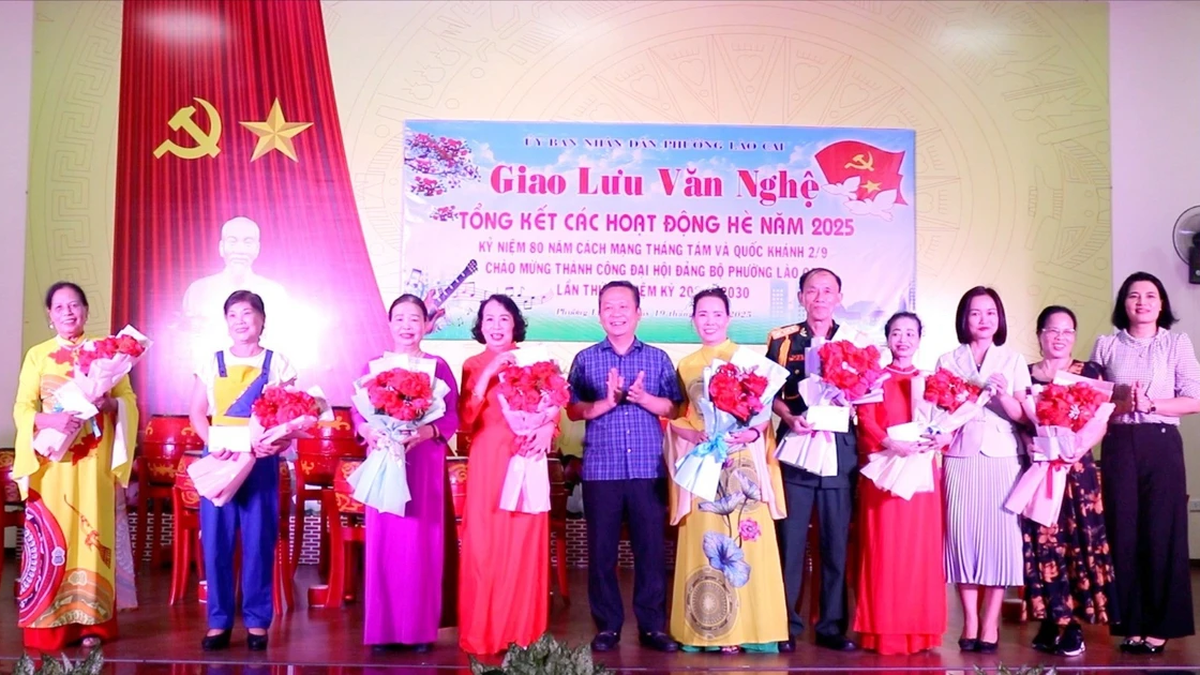



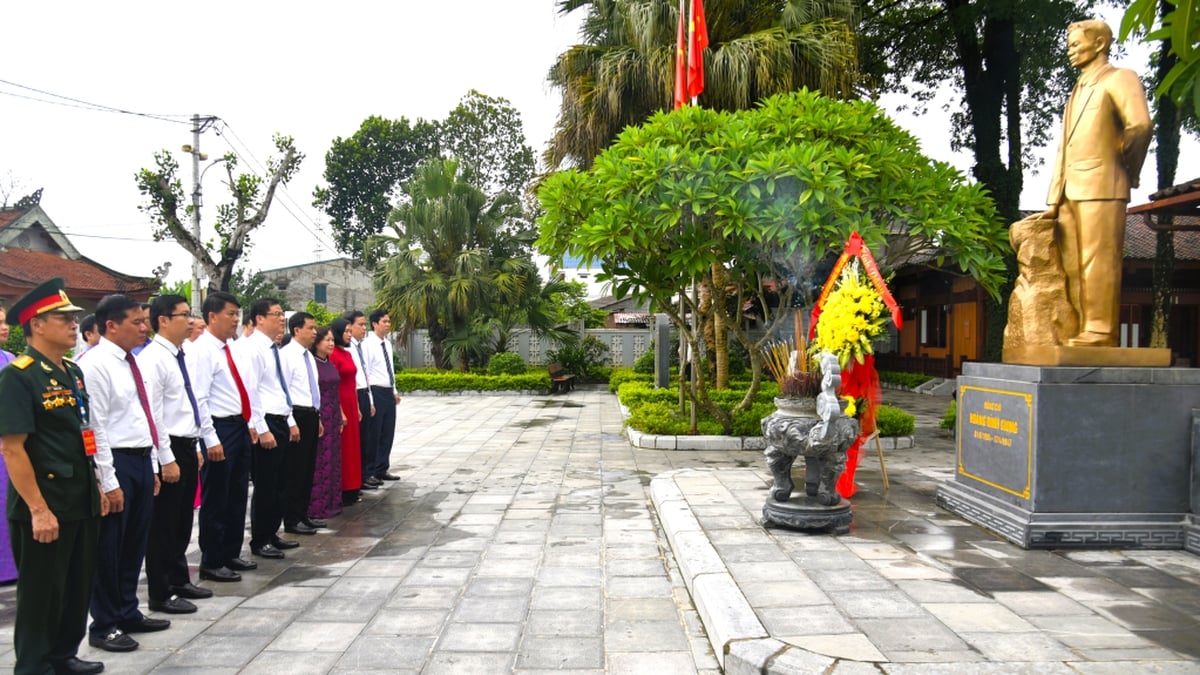












![[Photo] President Luong Cuong's wife and Queen of Bhutan visit Tran Quoc Pagoda](https://vphoto.vietnam.vn/thumb/1200x675/vietnam/resource/IMAGE/2025/8/19/62696af3852a44c8823ec52b03c3beb0)

![[Photo] General Secretary To Lam attends the inauguration and groundbreaking ceremony of 250 projects to celebrate National Day](https://vphoto.vietnam.vn/thumb/1200x675/vietnam/resource/IMAGE/2025/8/19/3aa7478438a8470e9c63f4951a16248b)


![[Photo] Politburo works with the Standing Committee of Da Nang City Party Committee and Quang Ninh Provincial Party Committee](https://vphoto.vietnam.vn/thumb/1200x675/vietnam/resource/IMAGE/2025/8/19/b1678391898c4d32a05132bec02dd6e1)

![[Photo] General Secretary and Prime Minister visit the National Exhibition and Fair Center](https://vphoto.vietnam.vn/thumb/1200x675/vietnam/resource/IMAGE/2025/8/19/f4503ad032d24a90beb39eb71c2a583f)
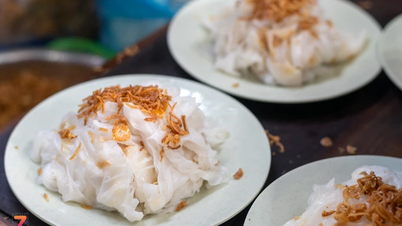





















![[Maritime News] Maersk announces positive results in the first half of 2025](https://vphoto.vietnam.vn/thumb/402x226/vietnam/resource/IMAGE/2025/8/20/d9f3704e9e8647a0ade1f6e2309d75d1)





























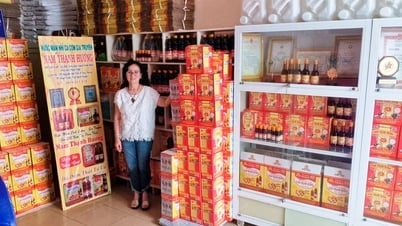

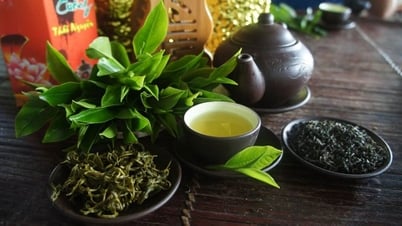

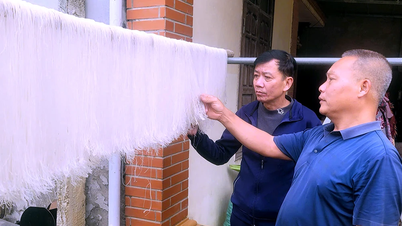



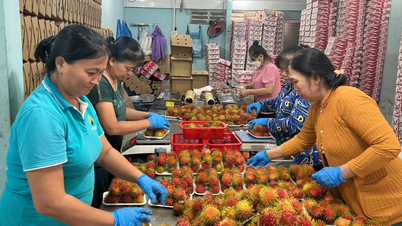



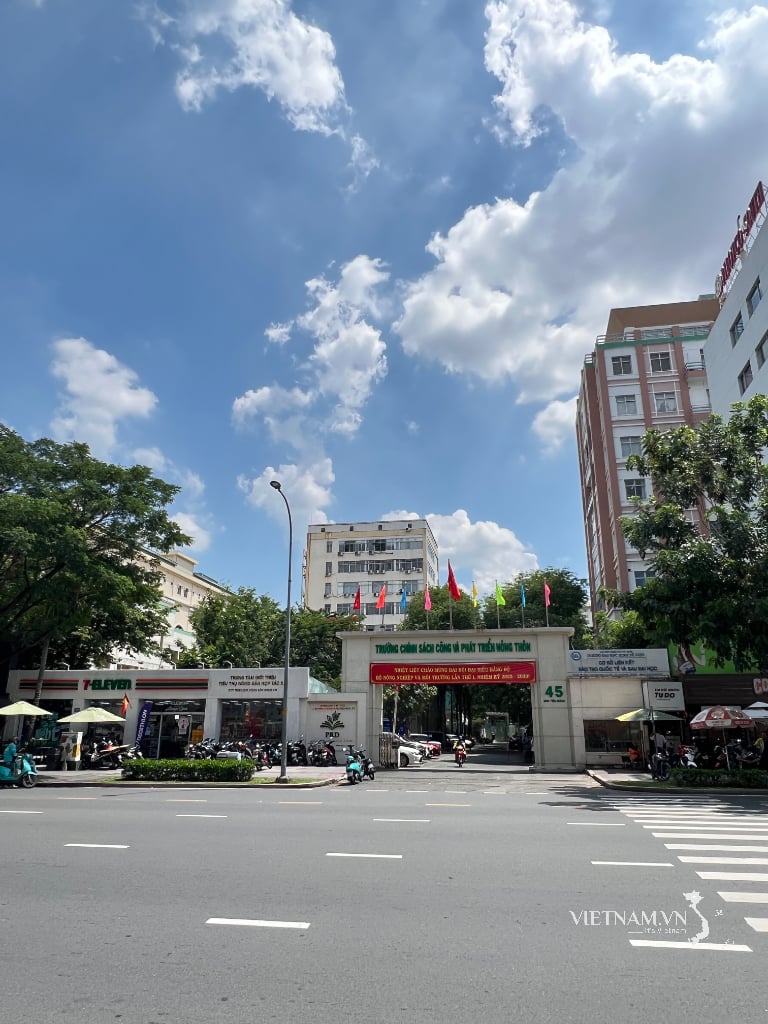
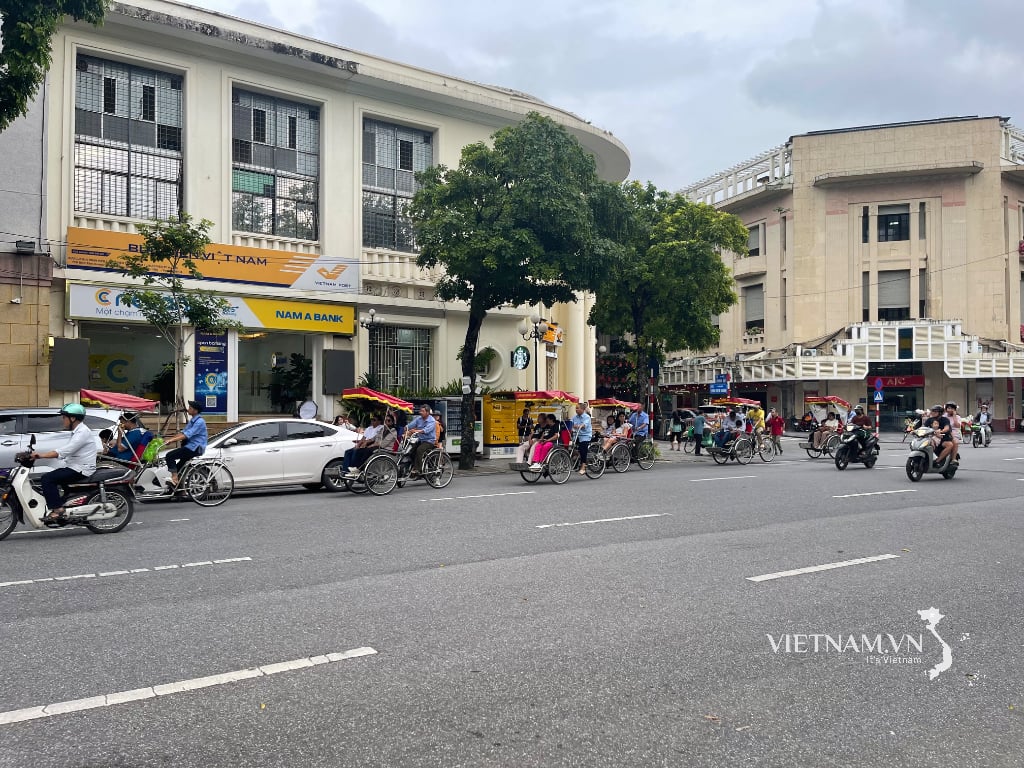

Comment (0)